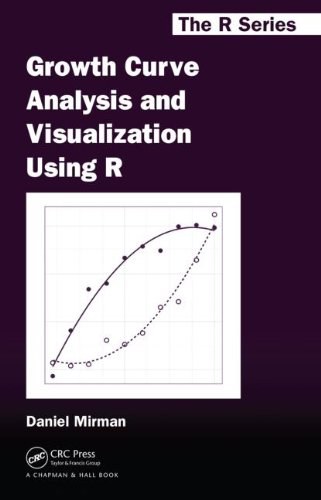### Why Are Curves Attractive: Exploring the Allure of Curvaceous Figures
Curves have long been a subject of fascination in various cultures around the world. The question, "Why are curves attractive?" delves into the psychologica……
Curves have long been a subject of fascination in various cultures around the world. The question, "Why are curves attractive?" delves into the psychological, biological, and cultural aspects that contribute to this allure. In this article, we will explore the reasons behind the attractiveness of curves, examining both the scientific and societal influences that shape our perceptions of beauty.
#### The Biological Perspective
From a biological standpoint, the attraction to curves can be linked to evolutionary psychology. Research suggests that certain physical traits, such as a curvy figure, are often associated with fertility and health. Women with a higher waist-to-hip ratio (WHR) are often perceived as more attractive because this ratio is linked to reproductive health. A WHR of about 0.7 is considered ideal in many cultures, as it signals youthfulness and the potential for childbirth.
Men, on the other hand, are often subconsciously attracted to these curves because they signify a healthy partner who can bear children. This attraction is not merely a social construct but is rooted in our evolutionary past, where reproductive success was paramount.
#### The Psychological Angle

Beyond biology, the psychology of attraction also plays a critical role in understanding why curves are appealing. The concept of "prototypicality" suggests that people are drawn to features that are considered typical or ideal within their cultural context. Curves often represent femininity and sensuality, which can evoke feelings of desire and admiration.
Moreover, the brain's reward system is activated when we see something we find attractive. This response can be intensified by societal standards and media portrayals that glorify curvaceous figures. As a result, people may find themselves more attracted to curves due to the positive associations they have developed over time.
#### Cultural Influences
Cultural factors significantly shape our perceptions of beauty and attractiveness. Throughout history, different societies have celebrated various body types, but in recent decades, there has been a notable resurgence of appreciation for curvy figures, particularly in Western media. Icons like Beyoncé and Kim Kardashian have popularized the idea that curves are desirable, influencing public perceptions and preferences.

In many cultures, curves are often associated with femininity, abundance, and vitality. This cultural narrative reinforces the idea that curves are not only attractive but also desirable attributes in a partner. Social media platforms further amplify this message, showcasing curvy bodies and promoting body positivity, which encourages individuals to embrace their natural shapes.
#### The Impact of Fashion and Media
The fashion industry has also played a significant role in shaping the perception of curves. Designers are increasingly recognizing the beauty of diverse body types and are creating clothing that celebrates and accentuates curves. This shift has empowered many individuals to embrace their bodies, leading to a broader acceptance of curvy figures in society.
Media representation is crucial in this context. The portrayal of curvy women in films, television shows, and advertisements has shifted from being marginalized to becoming mainstream. This visibility helps to normalize curves and challenges traditional beauty standards, allowing more people to appreciate the allure of curvaceous bodies.

#### Conclusion
In conclusion, the question "Why are curves attractive?" is multifaceted, encompassing biological, psychological, and cultural dimensions. The allure of curves is deeply ingrained in our evolutionary history, influenced by societal norms, and reinforced by media representations. As we continue to explore and celebrate body diversity, it becomes increasingly clear that curves hold a unique and enduring appeal in our collective consciousness. Embracing this diversity not only enriches our understanding of beauty but also fosters a more inclusive society where everyone can feel valued and attractive, regardless of their body shape.